
What’s High Seas?
It is a documentary feature film directed by Ernesto Jara Vargas and co-produced by Producciones La Pecera from Costa Rica and Galaxia 311 from Colombia. High Seas proposes an immersive journey into the world of semi-industrial fishing in Costa Rica, which until now had never been portrayed so closely.
The documentary shows the life of fisherman Elí Badilla, who works on a longline vessel. Each voyage into the sea lasts almost a month and Eli’s body accumulates the ills inherited from those hard days of work: his joints ache, his fingers are atrophied and his eyesight worsens on each voyage. The sea, however, always calls him; it has become the refuge from an increasingly foreign life on land.
To learn more about the documentary and its production process, visit our Instagram and Facebook pages: @altamar_doc

Why is this documentary important?
This documentary allows us to make visible a social and economic reality unknown to the majority of the general public: the life of semi-industrial fishermen who, in order to earn the minimum needed to support their families, spend long periods on the high seas in very precarious conditions.
Likewise, the documentary allows us to contribute to a more comprehensive and inclusive audiovisual culture, portraying contexts that have not been visible in national productions to date, such as the fishing side of Puntarenas and the longline boat on its journey on the high seas.
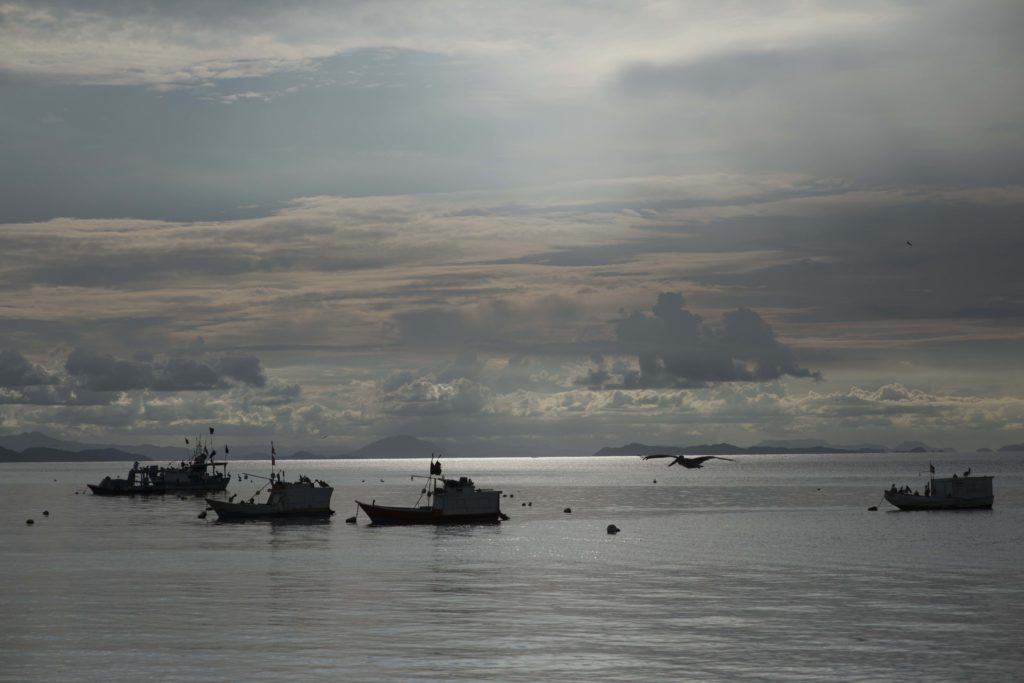
What were the director’s motivations for making this documentary?
“In 2005 I was working in a project to protect Cocos Island, an oceanic island more than 600 kilometers offshore, when one day at the rangers’ station we received a radio call from a longline fishing vessel which had suffered a mechanical failure. I remember my surprise when I saw a group of four fishermen stacked up in a boat that was less than 12 meters long, in very precarious conditions, without a bathroom. When I saw it, I thought I would never travel on the high seas on board of a boat like this.
However, I did not stop thinking about those people who embark for weeks in these conditions, wondering what their lives were like. As I got closer to the world of longline fishermen, I realized that the only way of trying to understand these people’s life was by embarking on a fishing trip. With a mixture of fear and enthusiasm, I got on a fishing boat like the one years before I had told myself I would never ride, along with a cameraman and four fishermen. After that journey, neither the sea, nor the fishermen, nor the fish fillet on the plate, nor Puntarenas, would be the same for me again.”
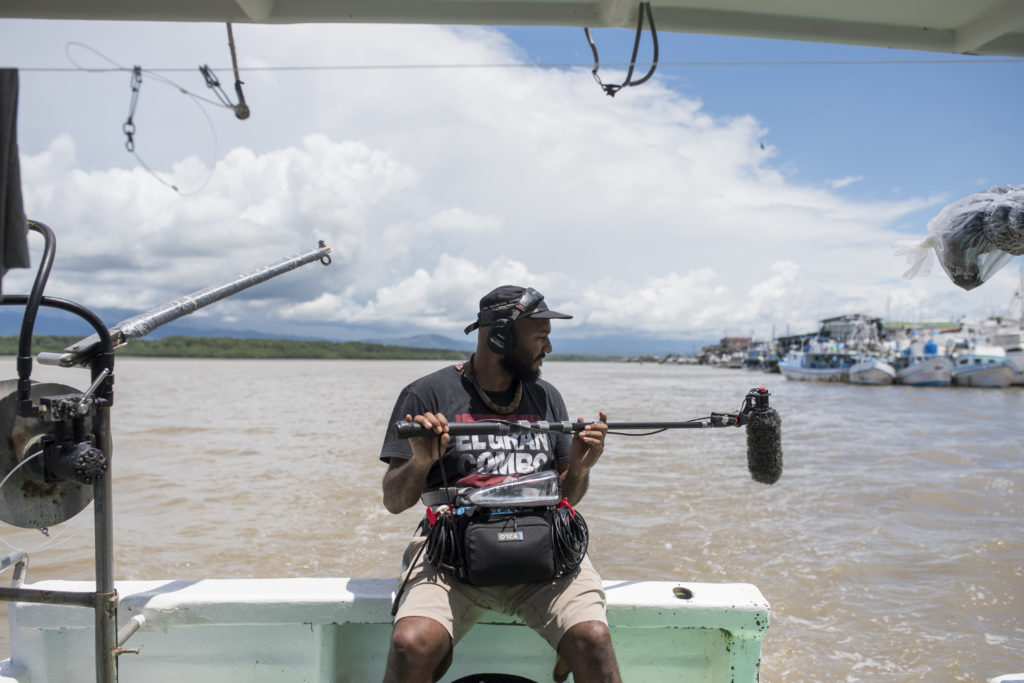
What was the production process of this documentary?
We formally started the documentary in 2018, doing research and establishing contacts. The most difficult part of this first stage was achieving that the fishermen would let us get on a boat to film what we wanted; it wasn´t until August 2019 that we managed to set sail on the Miss Jessie. One member of the crew was Eli and he soon became the main character. Eli showed a dark side and at the same time a great sensitivity, which seemed like a good metaphor to portray this fishing world and the very nature in which it unfolds.
The edition cut was finalized by December 2022. From 2021 to date, the project has been part of important cinematographic industry events such as the CRFIC Industry in Costa Rica, FIDOCS – CONECTA WIP and Bio Bio Lab in Chile.
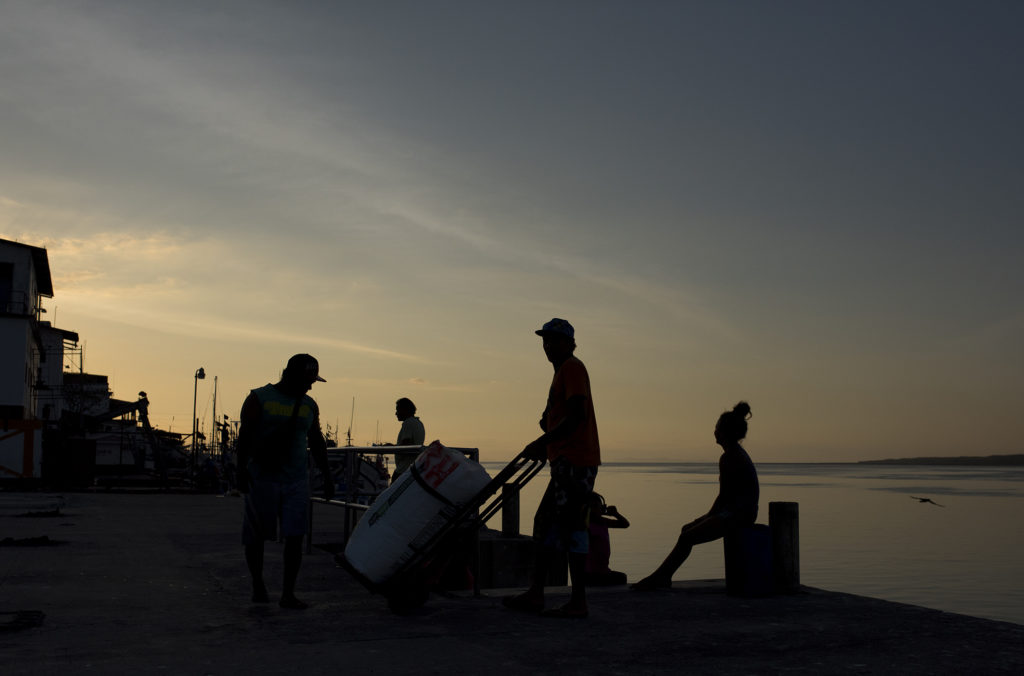
Why are we doing this campaign?
Despite having obtained the support of audiovisual promotion programs such as El FAUNO from the Costa Rica Cinematographic Production Centre and the IBERMEDIA Film Fund, at the moment we do not have enough resources to finish the documentary in an optimal way.
We still need to finish the color correction and everything related to the distribution of the documentary. These steps are essential so that all the efforts we have made up to now bring a good result and that the documentary does not end up being kept in a drawer due to lack of resources for its distribution.
In addition, it is very important for us to show this documentary in Puntarenas, in optimal technical conditions and organizing a significant event with which to give back to the community of Puntarenas the images, colors and textures they shared with us.
Finally, we wanted to enrich this documentary process with other formats, taking advantage of a wonderful selection of photographs to produce a book of quality and artistic value that broadens the possibilities to access the issues portrayed in High Seas.
We hope to obtain with your support the sum of 15 thousand dollars to cover the mentioned expenses. If we manage to obtain a larger sum, we will work in better conditions and we will be able to get the documentary to more places and to more diverse audiences.
What is the photo book about?
Pablo Cambronero, one of the most recognized documentary photographers in Costa Rica, was a fundamental part of the team in the documentary´s development process. Together, we edited a book of about 104 pages with a selection of the photographs he took between 2018 and 2021.
The vast majority of these photographs were taken on land, in the city of Puntarenas. Although the documentary High Seas has a strong fishing stamp, the photographs in this book go beyond this activity, portraying the city and its inhabitants in general. The book is undoubtedly a journey that navigates between the reality and the magic that characterize this city with its vintage postcard overtones eaten away by sea salt. These photographs show its particular beauty without trying to sweeten it. Nor does they show a reality reduced to the violent marginality that is usually portrayed in the news. These are images that speak of the encounters that took place while walking through the city´s streets, corners and burrows with obsessive curiosity, trying to connect to the vital pulse of this particular place and its inhabitants.
“My objective is to generate and work on images for reference, consultation and discussion, to understand photography as a historical document, as an identity and dynamic element, as a success/failure of the moment. Having fun working, learning, playing, trying to take advantage of the specific context in which I live and listening to voices, especially the dissident and uncomfortable ones.” Pablo Cambronero.
Who are we?
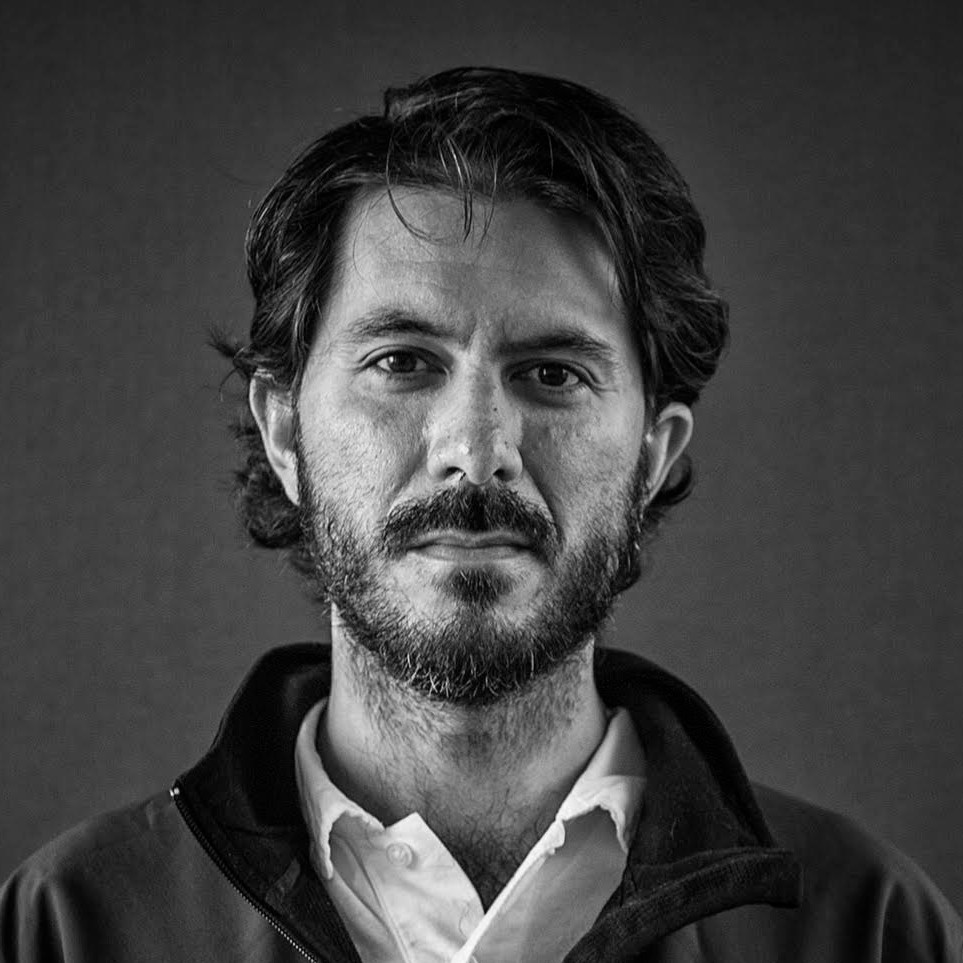
Ernesto Jara Vargas
Director and screenwriter
He loves the sea but gets dizzy even in a swimming pool, he is clearly a masochistic director. When inspired, he often mistakes the video camera for a typewriter.
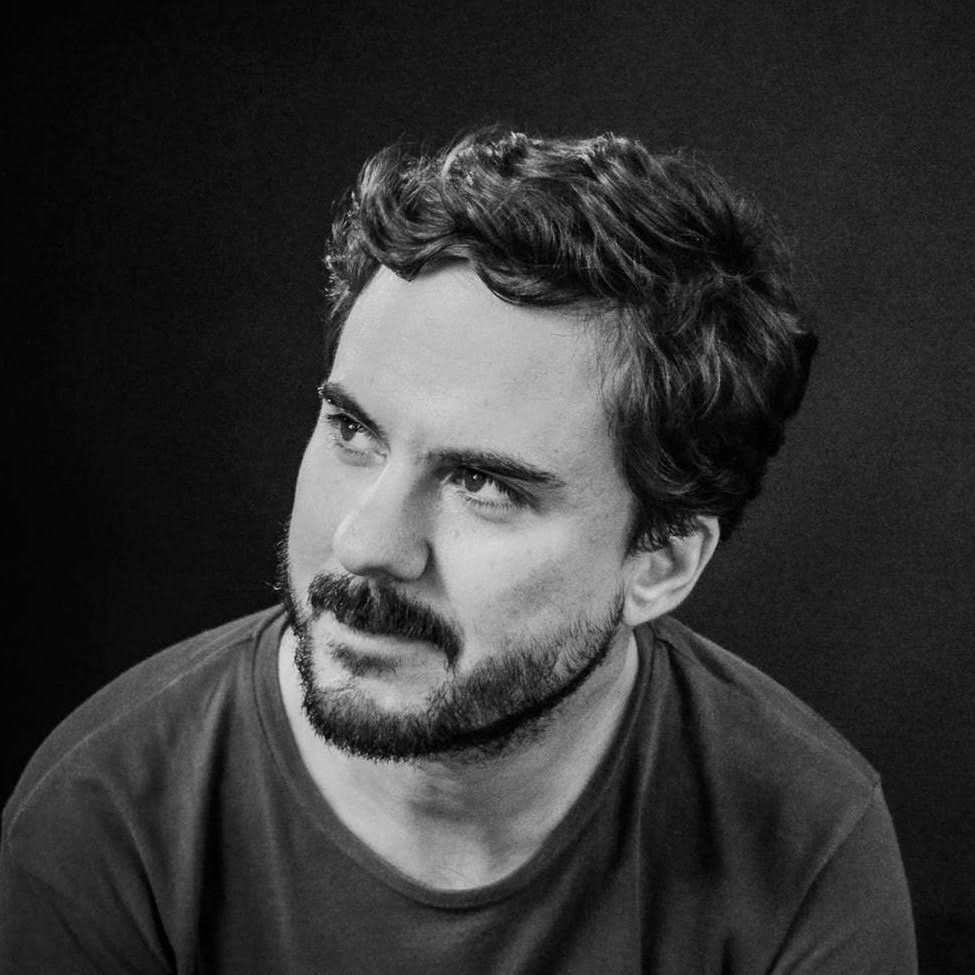
Antonio Jara Vargas
Screenwriter
Collector of used encyclopedias and vinyl records. Therefore, he knows the history of music as the music of history.
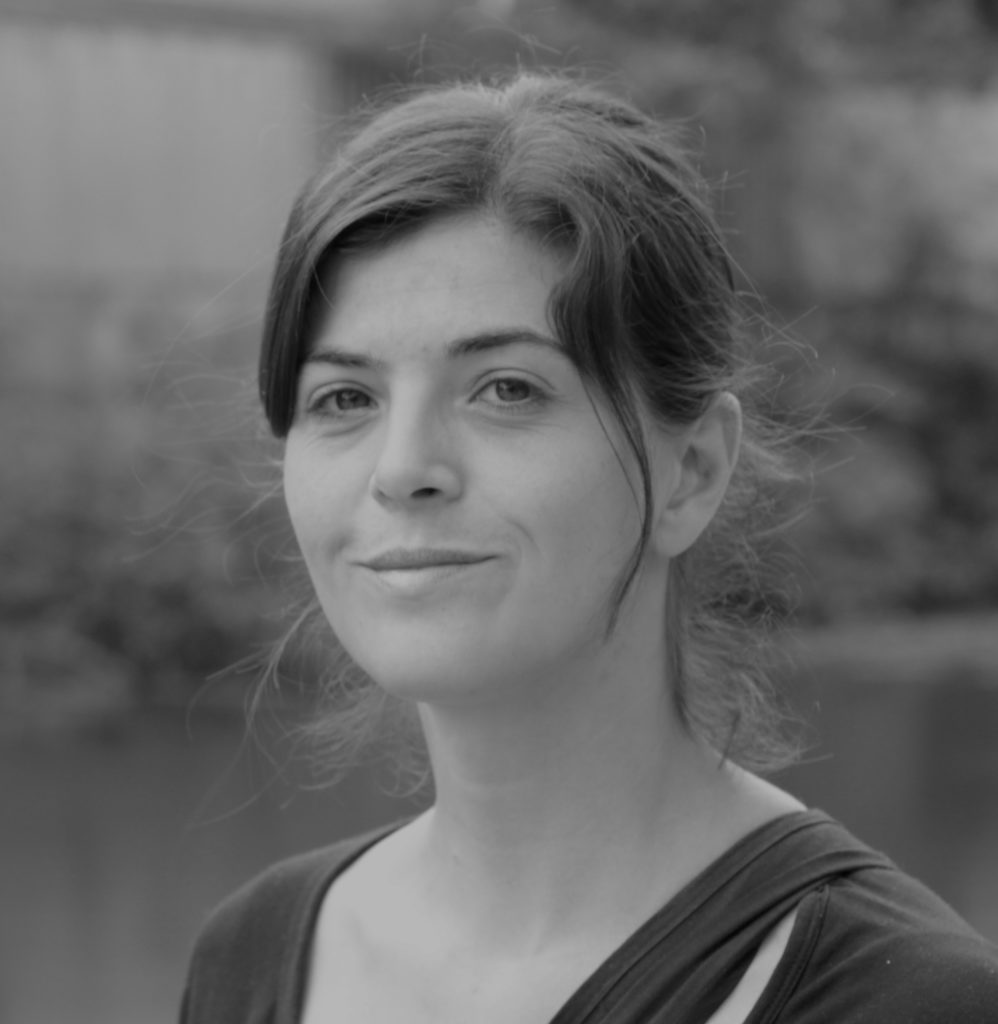
Giulia Clerici
Producer
Mastermind behind each plot, she hardly lets herself be seen but has her sights set on everything. In her free time she enjoys mechanics, gardening and reading.
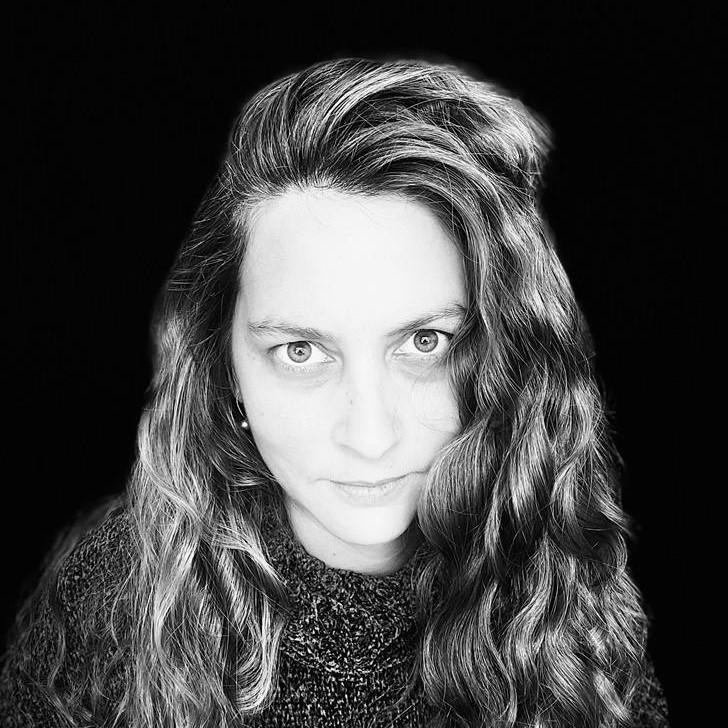
Ivette Liang
Colombian Producer
Triplet sister, the other two are also producers. She is nomadic and dominates the language of cats.
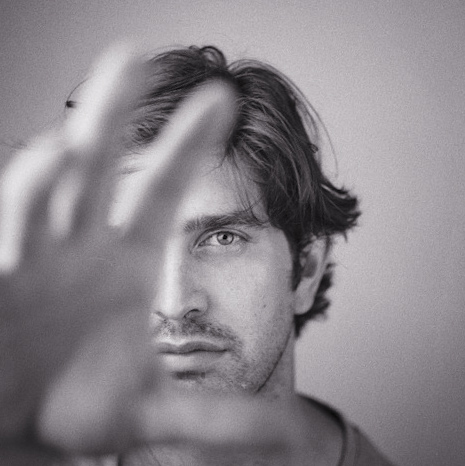
Roberto Murillo
Director of photography
Always ready for combat, camera in hand, he faces the light with skill and imagination. In his past life he was a fisherman.
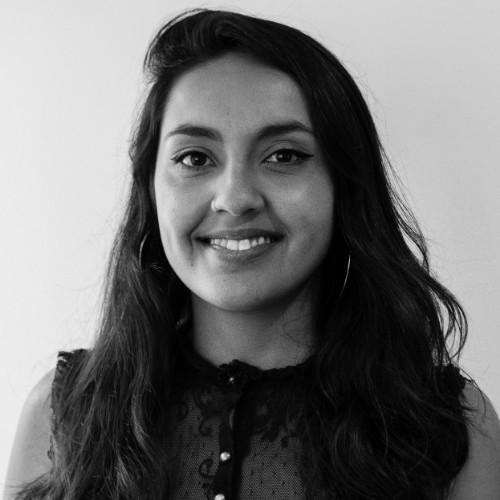
Fernanda Riveros
Field producer
It is not known for sure if she is a ninja disguised as a producer or a producer disguised as a ninja. Outstanding in the art of makeup and transformation.
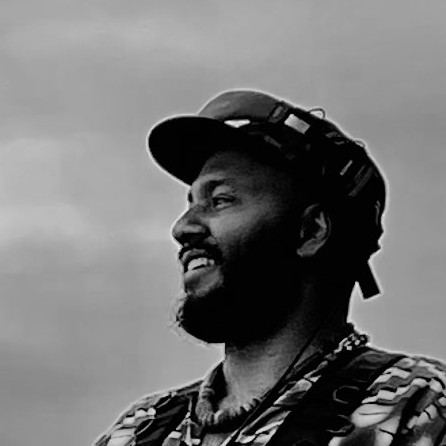
Erick Vargas
Soundman
He handles the microphone like an Atlantean the trident, ready to fish for the necessary sounds with elegance and precision. If he doesn’t smile, it’s because it´s going to quake.
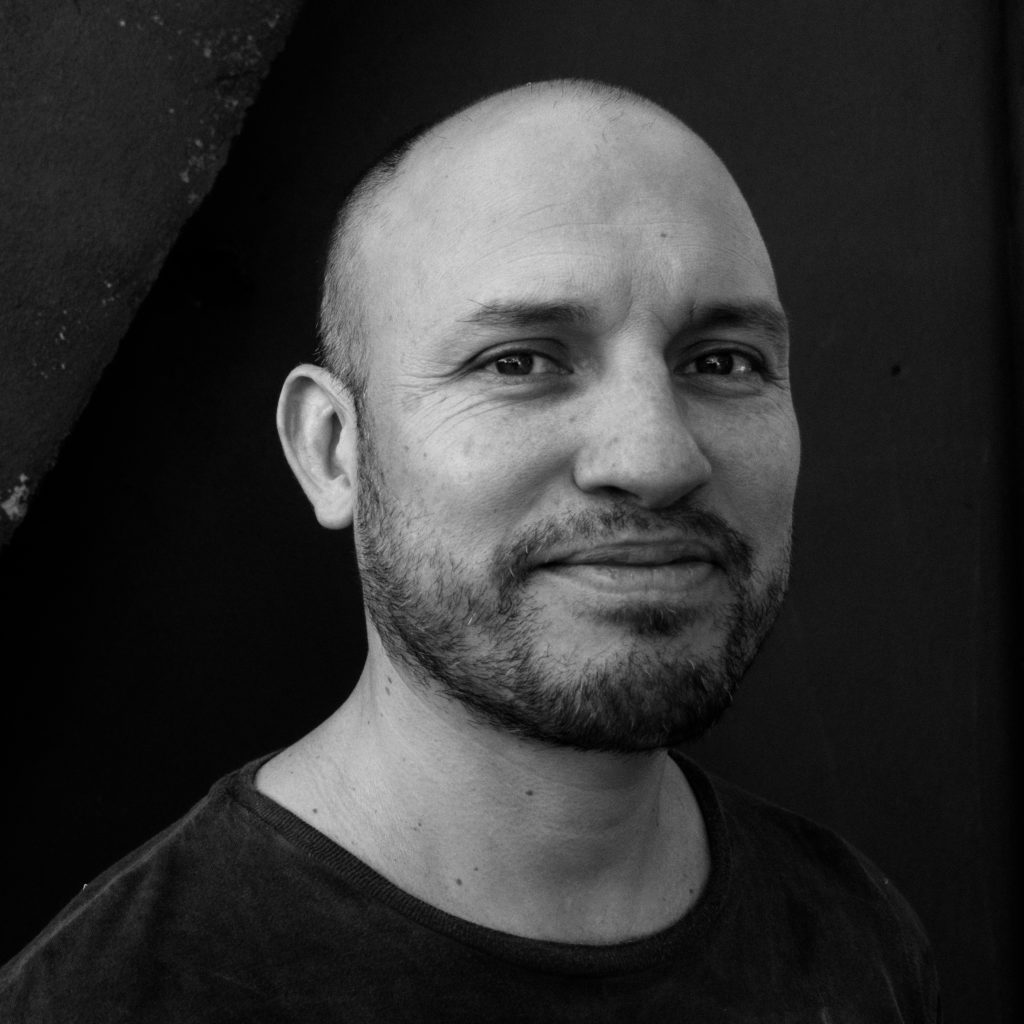
Felipe Guerrero
Editor
He usually works using telepathy and hypnosis. Its main tool is the scalpel with which he is incisive until he reaches the nervous system.
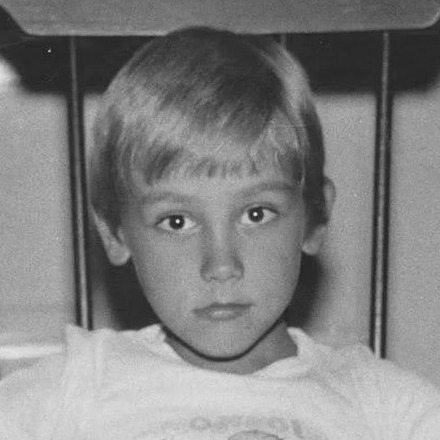
Alex Catona
Music
Illegitimate great-grandson of Arthur Cravan. When asked about his musical references, he answers that they are the elephant, the refrigerator and the sonatas by J. S. Bach.
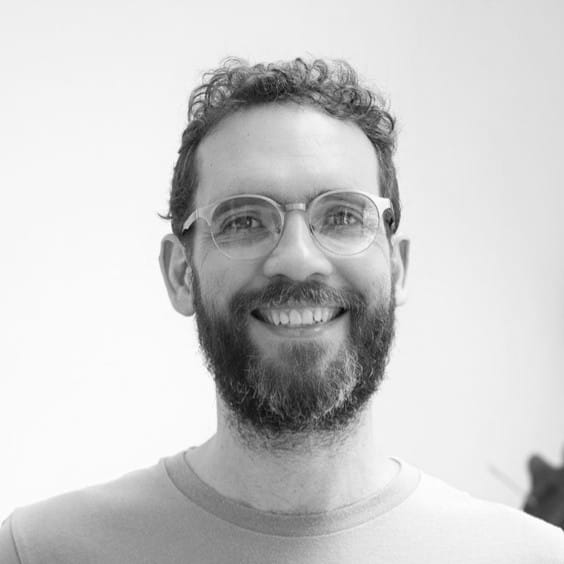
Ramón Mena
Crowdfunding campaign
He always observes everything from above and with his feet on the ground, like a rainbow. He studied electrical philology and practices Linux as a professional sport.
Frequently Asked Questions
Contribute
To join our campaign you can choose one of these prizes: